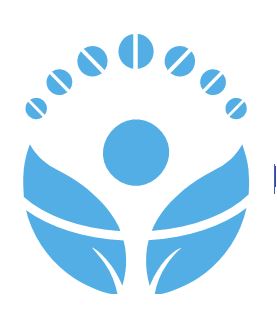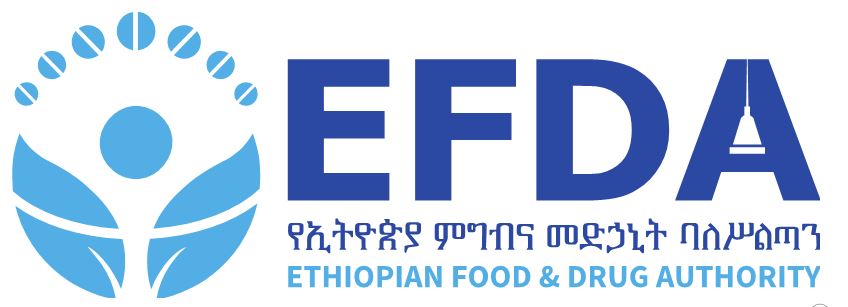Drugs are an essential component of health care delivery. When used rationally, they produce the desired effect of improving patients ailments. Their irrational use on the hand leads to prolongation of the illness, development of adverse effects, and unnecessary expense. Irrational drug use pertains to the use of drugs when they are not needed. It also means prescribing drugs with out adequate scrutiny regarding their efficacy, safety, affordability, and suitability to the patient. Many countries are doing their best to curb the problem of irrational drug use by developing national programs that promote appropriate prescribing behavior. In countries like Uganda, the Sudan and Zimbabwe such national programs were shown to positively influence the drug use pattern (1-3). In Ethiopia, several efforts have been made to promote the rational use of drugs. Among these, the publication of Essential and National Drug List for Ethiopia, and the recent introduction of the Standard Treatment Guidelines (STG) are the most notable. As a result of such relentless efforts, some positive trends in the prescribing practice have been observed over time. For instance, a survey of 115 health professionals (doctors, health officers, pharmacists, nurses and druggists) working in 12 health institutions in Addis Ababa, regarding their “Knowledge and application of national and essential drug lists”, documented the following findings (4); Of the 115 respondents, 89 (77.4%) defined national and essential drug lists correctly and 103 (89.6%) expressed that the essential and national drug lists helped them to avoid unnecessary use of brand drugs. The importance of this study is, that publication of important documents like the LIDE, or STG, is not an end by itself. It can only be useful when the concerned health professionals have adequate knowledge about it and are committed to its application. Another study that looked in to; “Patterns of drug utilization in Addis Ababa over a seven year interval (1989 to 1995)”, produced a result that showed a highly significant shift towards generic prescribing; from 40% of all prescribed drugs in 1989, to 62% in 1995. (5) Data from a study done in Jimma hospital on prescription pattern also demonstrated that 95% of the drugs prescribed were those in the essential drugs list, and 75% of the prescriptions were for generic drugs. (6)
- Home
- About Us
- News and Events
- Services
- Publications
- Directorates
- Director General
- Medicine Sector Deputy Director General
- Food Sector Deputy Director General
- Medical Device Sector Deputy Director General
- Chief Executive Officer
- Basic Service Executive Officer
- Competence & Human Resource Management Executive Officer
- Information & Technology Executive Officer
- Organizational Change Management Executive Officer
- Procurement & Finance Executive Officer
- Strategic Affair Executive Officer
- Women & Inclusive Social Affair Executive Officer
- Branch Office Head
- COVID19
- Public Information
- Announcement
- Contact
Good prescribing manual for Ethiopia new 2
You are here:
- Home
- Publication
- Good prescribing manual for Ethiopia…



